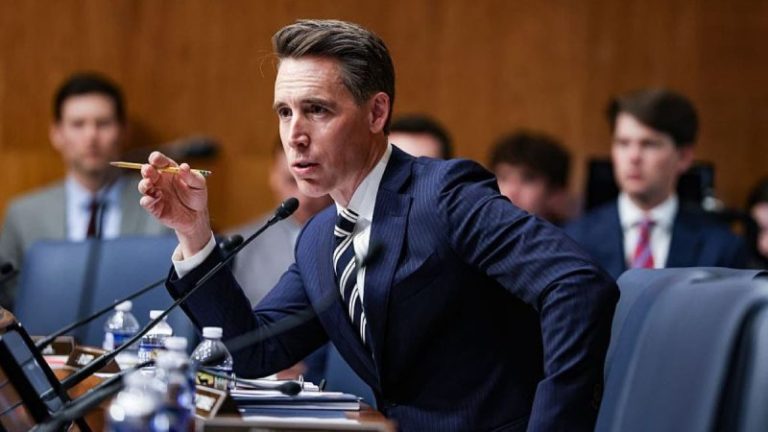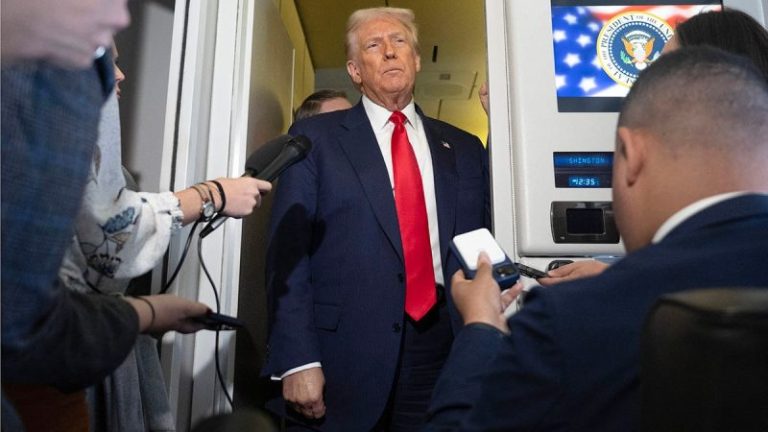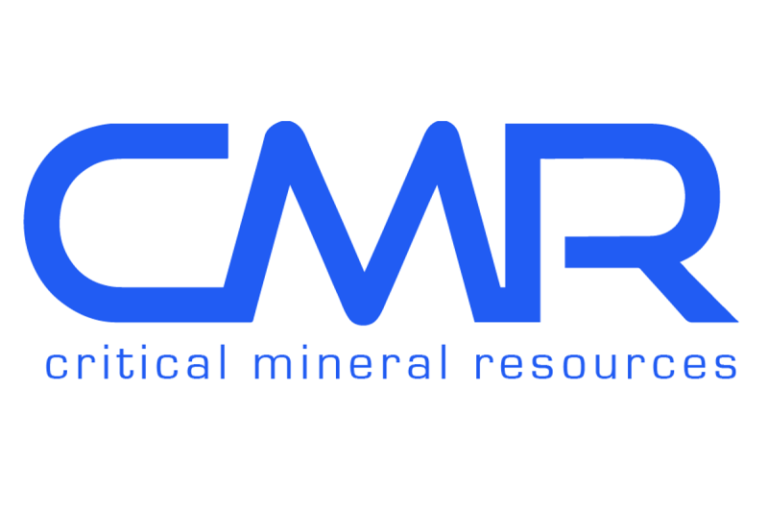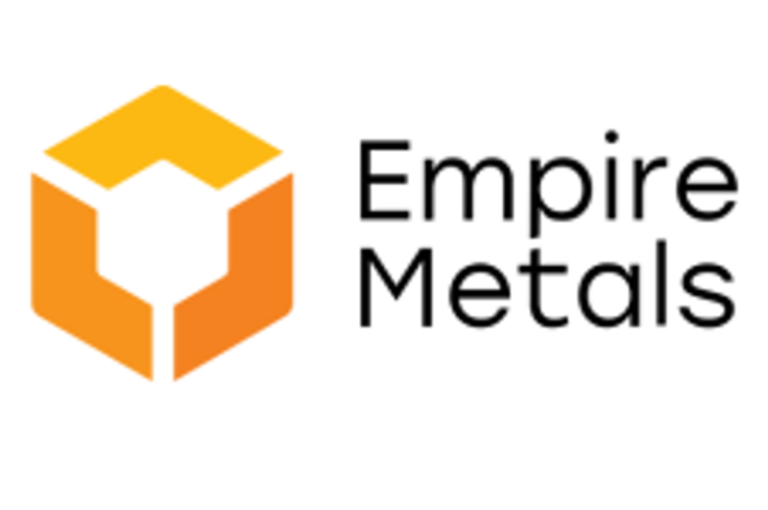Republican senators on Wednesday urged the Food and Drug Administration (FDA) to tighten safety standards and reconsider partnerships tied to abortion pills, accusing the agency of expanding access without adequate oversight.
On the call, Sen. Josh Hawley, R-Mo, and Sen. Bill Cassidy, R-La., expressed frustration that the agency hadn’t already overhauled safety parameters around abortion pills — and that it had instead expanded its partnerships with producers of the drugs that make chemical abortions available.
‘My plea to the FDA is to follow the science to put back safety guardrails,’ Hawley said. ‘I’ve called on the director of the FDA to take these steps. The public deserves to have answers.’
The press conference held by the senators indicates that abortion policy is still a mainstay priority for some Republican lawmakers — even as President Donald Trump has previously signaled contentment with leaving questions about abortion policy at the state level. Hawley and Cassidy both questioned the safety of chemical abortions and their proliferation.
Notably, Republicans passed a short-term prohibition of Medicaid funding from going to nonprofit organizations that provide abortions as part of its One, Big Beautiful Bill Act that became law earlier this year.
But that change hasn’t stopped Hawley and other lawmakers from torching the FDA for announcing a partnership with Evita Solutions, looking to create a new version of the key abortion drug, mifepristone.
‘When I heard the FDA approved another generic form of misoprostol, I was upset,’ Sen. Cassidy said, referring to the drug often used in conjunction with mifepristone. ‘I call them up, ‘Why are you doing this?’’
Cassidy joined 17 other Republican senators in sending a letter to the FDA earlier this month, demanding to know why the agency had approved a new form of the abortion drug. They asked for an answer by Oct. 30.
Cassidy said the group has not received anything from the agency.
‘They have not responded, but the government’s been shut down, and so I’m sure they would say, ‘Well, we can’t respond,’ but we will have the FDA commissioner to come in and speak to FDA issues.’
Without mifepristone and misoprostol, most of the country’s abortions would be impossible.
The pair of compounds undermine the vitality of a pregnancy and prompt the body to expel pregnancy tissue. According to the Guttmacher Institute, a sexual health and reproductive rights organization, mifepristone was used to induce 63% of all U.S. abortions in 2023.
‘This is shocking,’ Hawley said in a post to X earlier this month. ‘FDA just approved ANOTHER chemical abortion drug, when evidence shows chemical abortion drugs are dangerous and even deadly for the mother. And of course, 100% lethal to the child.’
Hawley claimed on Wednesday that 11% of women who use a chemical abortion experience some sort of adverse health event.
‘The science is really quite significant. We’ve just had one of the largest studies ever performed of claims relating to chemical abortions based on insurance data. It came out this summer — 865,000 insurance claims that were made and analyzed,’ Hawley said.
The Ethics & Public Policy Center published findings in April that evaluated 865,000 medical abortions prescribed between 2017–2023. It concluded that the rate of serious side effects was 22 times higher than indicated by the FDA label.
‘That’s a sanitized way of saying they’re in very serious danger,’ Hawley said.
Critics of the study have said it lacks context and may overlook unrelated, complicating factors.
Marjorie Dannenfelser, the president of Susan B. Anthony Pro-Life America, an anti-abortion advocacy group, shares Hawley’s concern about the pill’s safety. She also believes abortion pills are an easy way for women to access abortion — even in states that have passed restrictions on them.
‘This abortion pill is an instrument of beating back [state] sovereignty. State laws are being undermined. The abortion rate overall in this nation has gone up since Dobbs because of the abortion pill,’ Dannenfelser said, referring to the landmark 2022 case Dobbs v. Jackson that overturned a federal right to an abortion.
Susan B. Anthony Pro-Life America was one of the key groups calling on Republicans to cut Medicaid funding for abortions through Trump’s One, Big Beautiful Bill Act.
Anti-abortion advocates have zeroed in on access to mifepristone as a way to continue pushing back against abortion access — especially since the FDA approved remote prescriptions of the drug in the wake of COVID-19.
In June, the Supreme Court rejected a challenge brought by the Alliance for Hippocratic Medicine (AHM), arguing that the FDA had improperly approved mifepristone for use back in 2001, skirting safety requirements.
Since then, mifepristone has remained widely available, but the Supreme Court’s ruling left the door open to future challenges to the FDA’s certification of the drug.
Like other critics of chemical abortions, Hawley has urged the FDA to undergo its own evaluation of whether abortion pills are safe, reliable products — a priority shared with HHS Secretary Robert F. Kennedy Jr.
‘We need to have a full and thorough review of the data related to mifepristone [and] the health risks related to mifepristone. We need to see the reinstatement of safety guardrails that have historically accompanied this drug,’ Hawley said.
The FDA did not immediately respond to Fox News Digital’s request for comment.
This post appeared first on FOX NEWS









